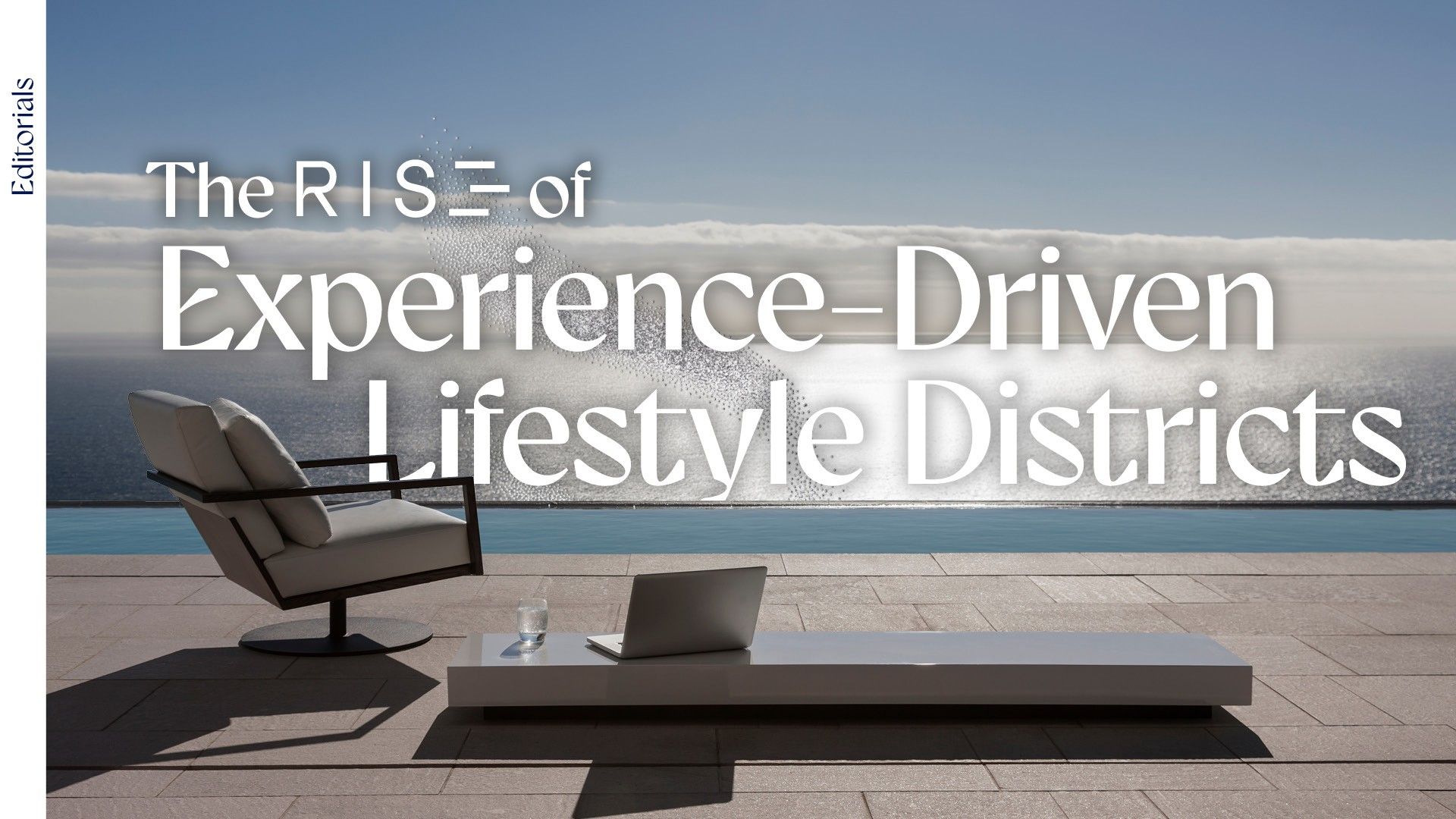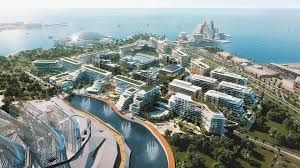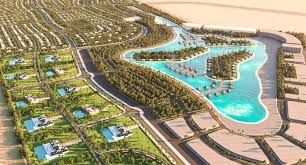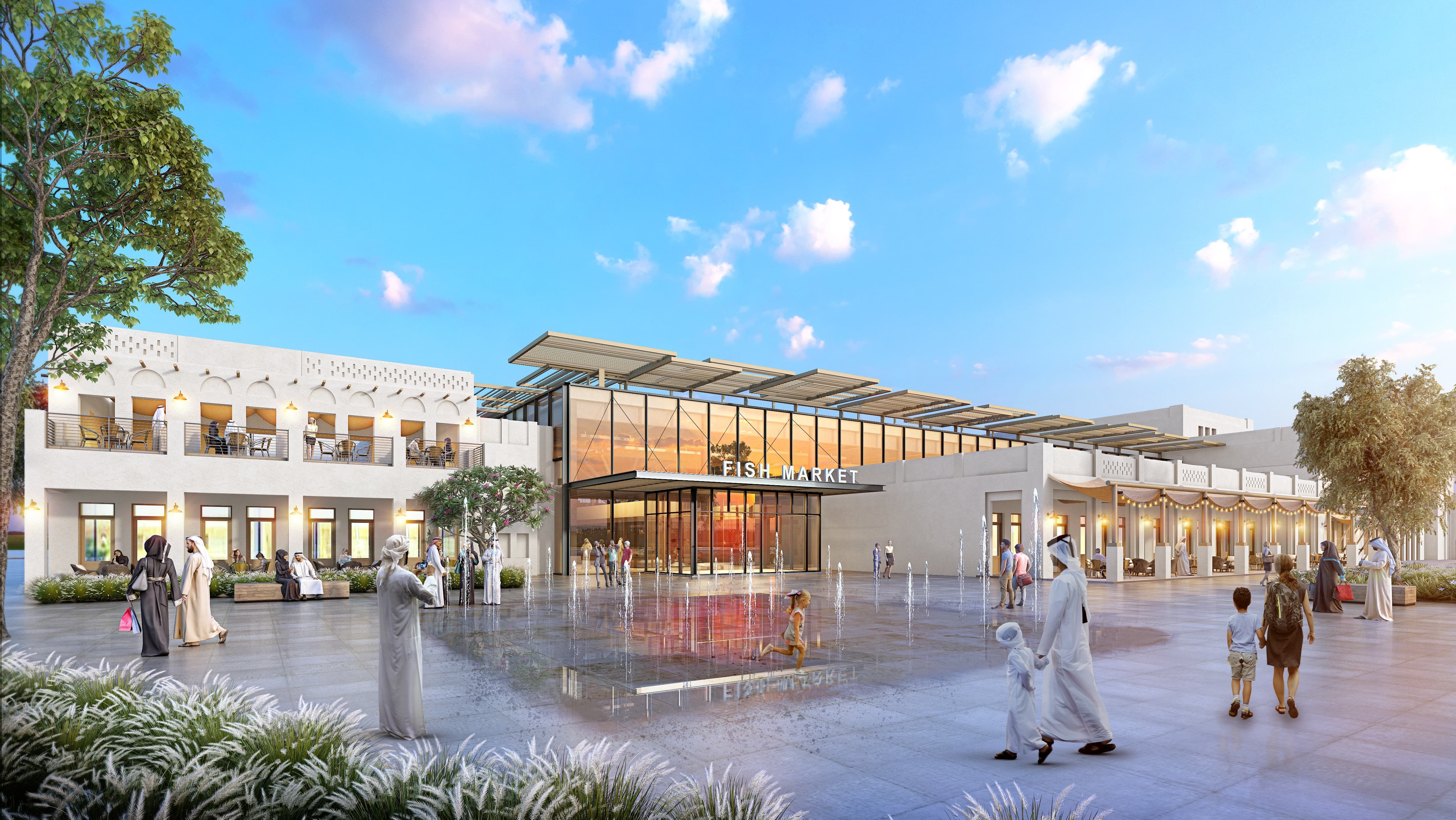The RISE of Experience-Driven Lifestyle Districts

Experience-Driven Lifestyle Districts Are the New Era of Real Estate
The urban landscape of global cities is undergoing a profound transformation. Moving beyond traditional silos of residential, commercial, or retail spaces, a new model has emerged as the modern urban anchor: the Experience-Driven Lifestyle District. These thoughtfully curated hubs seamlessly integrate hospitality, retail, sports, entertainment, cultural venues and residential offerings to create dynamic, self-sustaining ecosystems. Designed to foster community, promote well-being and deliver unmatched convenience, these districts are rapidly reshaping real estate value creation and investment strategies.
The Rise of the Integrated Lifestyle Hub
Several complementary factors are fast-tracking the rise of these lifestyle districts:
- The Experience Economy: Consumers, particularly younger generations, are prioritising experiences over ownership. These districts directly address this demand by offering diverse leisure, entertainment and cultural opportunities within walkable environments.
- Post-Pandemic Urban Priorities: The pandemic underscored the need for accessible amenities and green spaces. Lifestyle districts provide built-in conveniences, outdoor areas and self-contained living environments.
- Blurring Work-Life Boundaries: Today’s residents and employees seek spaces where work, life and leisure seamlessly intersect, reducing commute times and enhancing quality of life through convenience.
- Technological Integration: Built on smart city principles, these districts leverage technology to enhance convenience, security and personalisation – from smart homes to seamless digital payments.
- Investment Diversification: For developers and investors, mixed-use models mitigate risk by diversifying revenue streams across residential, retail, hospitality and leisure assets, providing resilience against market fluctuations.
The UAE Leads in Lifestyle Precinct Innovation
The UAE has emerged as a front-runner in this trend, underpinned by national economic diversification agendas, population growth and the ambition to develop world-class urban centres. Governments and sovereign wealth funds are leading the charge, investing in large-scale, master-planned developments to attract talent, tourism and foreign direct investment.
Anchored by iconic offerings like The Dubai Mall, Burj Khalifa and The Dubai Opera, Downtown Dubai is one of the Emirate’s original lifestyle districts. Continuous enhancements and new residential, F&B and entertainment offerings keep the district in perpetual evolution.
In the capital, Yas Island has become a globally recognised hotspot for all things recreation and entertainment. From Abu Dhabi Formula 1 to Warner Brothers, a packed calendar of cultural festivals, countless F&B outlets and upwards of 4,500 residential units – it is the ultimate walkable lifestyle district.
Dubai and Abu Dhabi continue to build on the success of the lifestyle district model with several ground-breaking projects in the pipeline including:
Dubai Urban Tech District (Al Jaddaf): A 140,000 sqm net‑zero innovation zone focusing on green urban tech, research and VC start-ups. It promotes a live‑work-play ethos with smart infrastructure and sustainability at its core.
Dubai Square (Dubai Creek Harbour): Emaar’s next‑gen mall and civic hub, integrating AI‑driven retail, dining, residential spaces and green plazas around the Creek Tower.

The Loop: The answer to the extreme summer temperatures, The Loop is a 93km climate‑controlled pedestrian and cycle network connecting key districts designed to enhance walkability and community health
Palm Jebel Ali: Nakheel’s next Palm, which is double the scale of Palm Jumeirah, features waterfront residences, resorts, retail and entertainment precincts.
Saadiyat Grove (Saadiyat Island): AED8 billion integrated district featuring 400 apartments, 60,000 sqm experiential retail, cinema, wellness and cultural nodes near the Louvre and Guggenheim museums.

Fahid Island (Al Raha to Yas corridor): Aldar’s AED25.55 billion waterfront development including villas, boutique hotels and recreational spaces along the sparkling blue coastline of a 3.4 million sqm island.

Mina Zayed Redevelopment: This regeneration embodies a heritage-respectful, placemaking-led approach to mixed-use urban development. It enhances community vibrancy through upgraded market infrastructure, activates the waterfront with cultural and leisure offerings and lays the foundation for a modern mixed-use destination with deep economic and civic impact.

Up-and-coming lifestyle districts in Sharjah include The Island at Al Marjan which is a waterfront mixed-use project with hotels (MGM, Bellagio, Aria), retail promenades, dining, entertainment and beachside leisure. Aljada is a 24 million sqft masterplan with 7,500+ homes, design‑driven entertainment hub by Zaha Hadid, parks, retail and business zones. Also on the horizon, are Tilal City and Sharjah Sustainable City. The mega developments are both focused on eco-friendly living with Tilal featuring lifestyle zones with 48% green space and Sustainable City offering an eco-community with 1,250 units, solar, recycling, EV infrastructure and urban farming.
In Ajman, we have Al Zorah which is a 5.4 million sqm mangrove-based, free‑zone leisure district that includes five housing precincts, a marina, golf course, water-sports and retail. While Ras Al Khaimah will soon be home to One RAK Central – an ambitious mixed‑use district of 3.1 million sqft with 4,000+ residences, three hotels, offices, parks and retail – aiming for Q4 2026 first phase completion.
Implications for Real Estate
- Premium on Placemaking: Success now hinges on delivering distinctive, high-quality experiences and strong community engagement, not just location or square footage.
- Data-Driven Design: Leveraging data on consumer behaviour, mobility, and preferences will be essential in shaping and continuously improving these districts.
- New Investment Metrics: Traditional financial benchmarks will increasingly be complemented by experience-based KPIs such as footfall, dwell time, tenant mix efficiency, and resident satisfaction. Investors will favour partners with proven placemaking and operational expertise.
- Long-Term Value Creation: Despite high initial capital requirements, these districts offer resilient, long-term asset value through higher occupancy rates, stronger tenant retention, and diversified revenue streams.
- Sustainability and Wellness Focus: Integrated ESG strategies, green spaces, sustainable infrastructure, and amenities that promote physical and mental well-being will be critical for future developments.
- Operational Complexity: Managing these ecosystems demands advanced operational capabilities spanning hospitality, retail management, facilities, and community engagement.
Experience-Driven Lifestyle Districts represent a structural shift in urban development. For real estate professionals and investors, success now requires moving beyond asset class silos to embrace holistic, human-centric design and operations. The UAE, with its bold visions and substantial capital, is setting the global standard for these transformative urban anchors.
Website | Show Sectors | Why Exhibit? | Why Attend? | Testimonials | Editorials
)
)
)